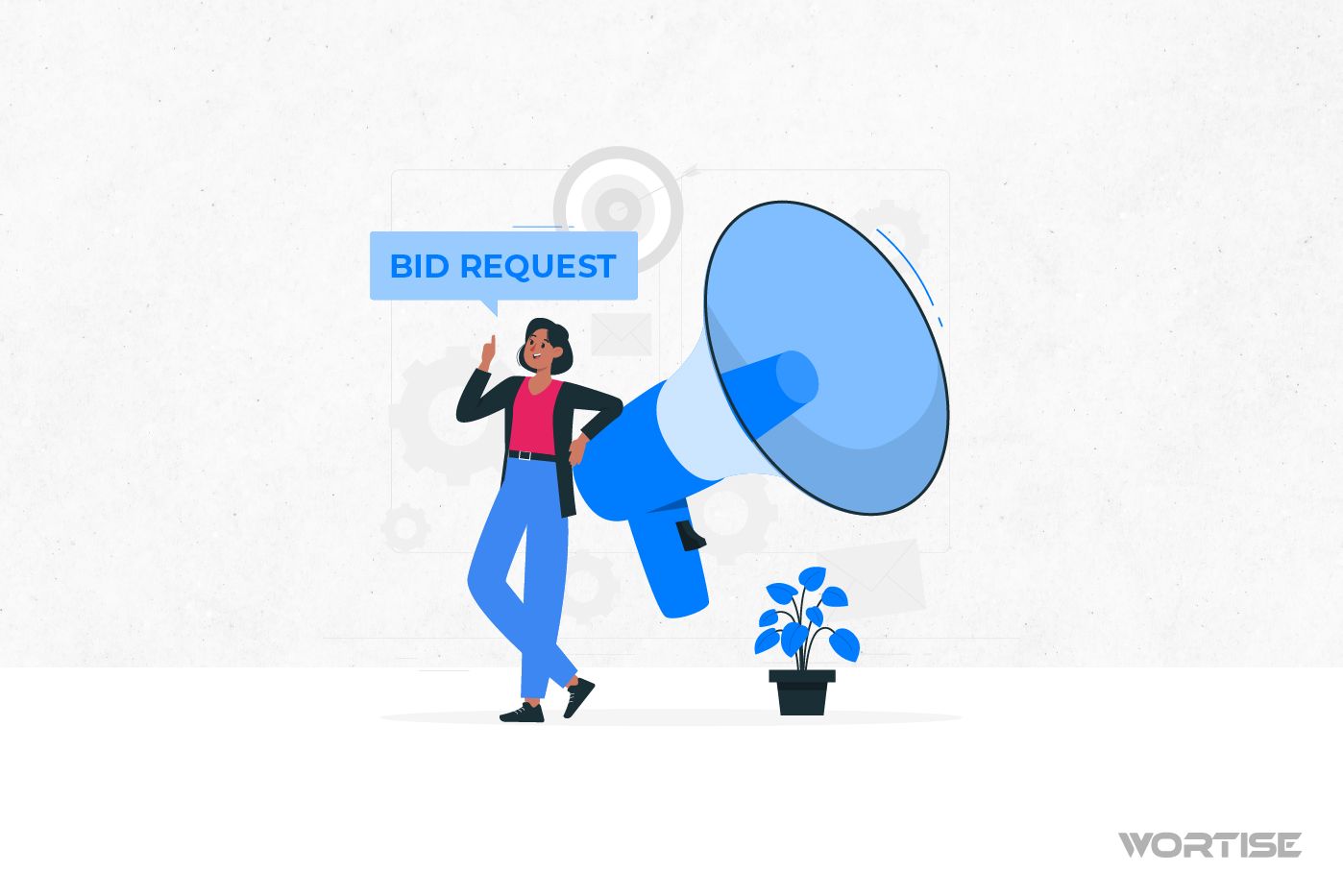En todas los cuentos existen villanos. Pasa en TNT, pasa en la vida real y pasa en la publicidad programática, donde el Ad Fraud –fraude publicitario– trabaja desesperadamente para generar prácticas engañosas en las campañas publicitarias y afectar su desempeño. Pero calma, recuerda que todo villano siempre termina siendo vencido por un superhéroe.
El Ad Fraud es como ese correo que siempre recibes en la bandeja de spam: aunque no lo solicites, siempre se hace presente. Es el invitado no deseado de cualquier publisher. Por ello, en este artículo queremos mostrarte qué es el Ad Fraud y cómo puedes prevenirlo con algunos tips que nunca fallan.
¿Listo para proteger tus ingresos? ¡Vamos!
¿Qué es el Ad Fraud?
El Ad Fraud es una actividad fraudulenta que ocurre en el mundo de la publicidad en línea que consiste en intentar manipular los resultados de las campañas publicitarias para obtener beneficios económicos de manera ilegal, afectando así el rendimiento de editores y anunciantes.
Cuando hablamos de fraude nos referimos al uso de tráfico no humano o bots que se activan para hacer que los anunciantes paguen por interacciones que no son legítimas. Quienes promueven el Ad Fraud buscan inflar artificialmente las cifras de clics para hacer creer que la campaña fue exitosa.
Para ejemplificar, podemos decir que es como esas cuentas de Instagram que alcanzan miles de likes en una foto, pero cuando revisas uno por uno te das cuenta que son cuentas nuevas, privadas y sin foto de perfil. Un fail total.
Esta táctica maliciosa del Ad Fraud pretende que los anunciantes gasten su presupuesto sin alcanzar realmente a una audiencia legítima, además de llevarlos a tomar malas decisiones en lo que respecta a inversión publicitaria.
En lo que respecta a los editores, hay que decir que pueden dañar su reputación si se descubre que están involucrados en prácticas fraudulentas.
¿Qué nos enseña el Ad Fraud? Que el rendimiento de una campaña no solo se debe medir por visibilidad, sino que hay que fijarse en los indicadores clave de rendimiento (KPI) para no caer en las garras del fraude. Pero todavía nos quedan líneas para desenmarañar toda su operatividad, así que calma.
Tipos de Ad Fraud más comunes: atención a estas prácticas engañosas
Sea cual sea su modus operandi, lo cierto es que el Ad Fraud está presente en cualquier rama de la publicidad programática. De hecho, una investigación de Interceptd reveló que un 31% de las apps de iOS y el 25% de Android son fraudulentas.
¿Está presente el fraude solo en campañas publicitarias? No. Todo tiene una raíz y en publicidad móvil esta teoría se exacerba más todavía. Se dice que 1 de cada 13 aplicaciones móviles son fraudulentas, según datos de Traffic Guard-Juniper, lo que nos lleva a estar vigilantes incluso de las apps que descargamos en nuestros móviles.
Pero, ¿cómo opera el fraude publicitario? Queremos mostrarte los tipos de Ad Fraud que existen para que te mantengas alerta y puedas combatirlos a tiempo.
1. Click Fraud
Es el más popular de todos y consiste en generar clics falsos en anuncios. Estos clics pueden hacerse de forma manual –sí, hay personas cuyo trabajo es dar click a anuncios en línea– o a través de programas automatizados conocidos como bots.
El Click Fraud desgasta el presupuesto publicitario del advertiser y le hace creer que su campaña tiene buenos clics. Pero no solo eso, también es propicio mencionar que ésta práctica se emplea para perjudicar a la competencia.
2. Impression Fraud
Es similar al Click Fraud, solo que se falsifican impresiones y hace parecer que se muestran a una audiencia más grande de lo que realmente es. Hay programas de bots que simulan visualizaciones de anuncios, como si verdaderamente hubiera usuarios detrás de la pantalla.
Incluso, existen granjas de bots que se dedican a generar impresiones falsas.
3. Ad Stacking
Otro método fraudulento es el Ad Stacking, una táctica que consiste en sobreponer anuncios uno encima del otro para que se vea solamente uno mientras que los demás quedan ocultos.
Este apilamiento de anuncios hace que se eleve el número de impresiones de publicidades que no son vistas. La facturación termina siendo injusta.
4. Conversion Fraud
No solo son clics e interacciones, los tentáculos engañosos del Ad Fraud recaen en las conversiones de las campañas publicitarias. ¿Cómo se logra? Realizando acciones falsas que se cuentan como conversiones, como por ejemplo rellenar formularios o completar “compras”.
5. Domain Spoofing
Esto lo vemos casi a diario en Google cuando visitamos una página o simplemente escribimos algo en el motor de búsqueda. Se trata de un método para falsificar el nombre de dominio de una página web para hacer que parezca que el anuncio proviene de un sitio web reconocido.
El anunciante es engañado y cree que su publicidad se mostrará en una página web de renombre, pero resulta que es una copia barata que no tiene tráfico.
Efectos negativos del Ad Fraud: esto es lo que debes saber
El Ad Fraud tiene efectos nocivos para publishers y anunciantes. Quisiéramos decir que son efectos colaterales, pero no es así: son efectos directos y afectan el rendimiento de todos los involucrados en la publicidad programática. Estos son algunos:
• Confianza afectada: El fraude publicitario destruye la confianza de los anunciantes contra editores y plataformas de mediación. Cuando descubren la trampa se vuelven más cautelosos respecto a dónde invierten su presupuesto publicitario y con qué socios lo hacen. Esto es muy nocivo, pues la credibilidad es la primera garantía de éxito en la industria publicitaria.
• Pérdida de inversión: Al hacer que los anunciantes paguen por impresiones o clics falsos, básicamente están lanzando su dinero al mar. Promover audiencias inexistentes es un engaño terrible que genera pérdida de dinero y esfuerzo.
• Métricas en desplome: Usar clics o interacciones falsas solo causa una distorsión marcada en las métricas de rendimiento de las campañas publicitarias. Cada impresión falsa lo que hace es inflar artificialmente los resultados y dificulta la evaluación precisa del éxito de una campaña. ¿Qué efecto directo tiene? Que el anunciante tomará decisiones basadas en datos incorrectos y, por lo tanto, el resultado final no será favorable.
• Menor alcance: Mostrar anuncios a audiencias falsas golpea duramente la efectividad de la publicidad. Los advertisers no logran alcanzar el público objetivo real y las conversiones reales se desploman. Aunque parezca exagerado, esto afecta la percepción de la publicidad en línea como un canal efectivo de promoción.
• Nocaut a la reputación: Los editores que se involucran en este tipo de prácticas dañan automáticamente su credibilidad. La razón es simple: los anunciantes evitarán asociarse con ellos en el futuro porque saben que sus métricas son irreales y su espacio está viciado.
• Datos contaminados: El Ad Fraud hace que los anunciantes reciban datos de gente que no es real. Esto retrasa cualquier plan o campaña a futuro, pues esa mezcla de datos falsos y reales es difícil de distinguir y lleva mucho tiempo revisar uno por uno.
Cómo prevenir el Ad Fraud: an
ota estos tips para que no caigas en sus redes
Para prevenir el Ad Fraud solamente hace falta voluntad y un poco de conocimiento de las medidas que se requieren tomar para evitar su proliferación.
Donde hay dinero, hay estafa, y donde hay estafa deben existir mecanismos para impedir el robo y el engaño. En el caso de la publicidad móvil te mostramos algunos tips para mitigar el Ad Fraud:
Elige plataformas confiables
La plataforma de mediación que escojas para monetizar juega un rol protagónico en el combate al Ad Fraud. Hay algunas que cuentan con tecnología de punta para detectar fraudes y bloquear de forma automatizada algunas prácticas fraudulentas.
Por ello, realiza una investigación exhaustiva sobre su reputación, historial y prácticas de seguridad para que escojas la mejor de todas. Fíjate que tenga tecnología no solo para detectar bots, sino que tenga antispam para bloquear anuncios irrelevantes o inapropiados que afecten la reputación de tu inventario.
Emplea herramientas de detección
Así como existe el FBI o la DEA para atrapar a gente que transgrede la ley, también existen soluciones para detectar y prevenir el fraude en lo que respecta al mundo digital. Hay herramientas basadas en inteligencia artificial que ayudan a identificar patrones sospechosos o bots que generan interacciones no válidas.
Incorporar esto en tu arsenal de skills de monetización será un plus para que garantices el máximo rendimiento de tu presupuesto.
Chequea las métricas minuciosamente
No es solo mirar las métricas por mirar, la clave está en hacer una evaluación minuciosa y un seguimiento constante de los datos, solo así podrás fijarte si hay anomalías o patrones sospechosos.
Si logras ver que algo es sospechoso, puedes identificar señales de fraude y tomar medidas oportunas para combatirlo.
Verifica la calidad del inventario
¿Irías a una tienda y comprarías unos zapatos sin antes probártelos para ver si te quedan y van con tu estilo? Obviamente no. Lo mismo ocurre con tu rol como anunciante: debes verificar la calidad del inventario publicitario donde se mostrarán tus creatividades antes de pagar.
Chequea el contenido que se publica con frecuencia, la audiencia a la que normalmente llegan y la reputación que tiene en su nicho. Por supuesto evita asociarte con páginas web o apps de baja calidad, pues incrementan el riesgo de fraude publicitario.
Fija reglas
Lo bueno de las plataformas publicitarias es que puedes poner las reglas claras antes de llegar a algún tipo de acuerdo. Por ello, realiza configuraciones para filtrar el tráfico no válido y establece criterios básicos que garanticen el tráfico real, como por ejemplo: comportamiento de los usuarios, alternancia de formatos publicitarios, calidad del público y más.
Estos filtros ayudan a atajar a tiempo ciertas actividades fraudulentas.
Habla permanentemente con tus socios
Si licitas un espacio por medio de una subasta abierta, te toca chequear las estadísticas y asegurarte que estás teniendo el resultado esperado. Pero si optas por pactos directos con la contraparte, puedes establecer una comunicación abierta y compartir preocupaciones sobre el Ad Fraud y aspectos relacionados con la transparencia y seguridad.
Esta colaboración permanente con los socios ayuda a identificar problemas fraudulentos y a mantener una relación ganar-ganar duradera, pues tanto publisher como anunciante trabajarán por conseguir tráfico real hipersegmentado.
Estar atento a actualizaciones
Así como la tecnología avanza tan rápido como un vehículo de la Fórmula 1, también lo hace el Ad Fraud y sus secuaces. Hay laboratorios de bots y gente que trabaja día y noche para crear nuevas formas de fraude.
Por tal razón, mantente informado de las últimas tendencias en materia de prevención de fraude y de las tecnologías que van surgiendo para crear espacios cada vez más seguros. Puedes participar en seminarios web, foros de discusión y cursos de capacitación que te ayuden a identificar y acabar con el fraude publicitario.
¿Te preocupa el Ad Fraud? ¡Monetiza seguro con Wortise!
¡Hola, publisher! Aunque el Ad Fraud quiera hacer de las suyas en la industria de monetización in-app, con Wortise sus planes no tienen éxito. Somos una ad mediation que trabaja con tecnología capaz de identificar fraudes o movimientos sospechosos para garantizar el correcto desempeño de las campañas.
Añadimos a una lista negra aquellos anuncios que perjudican la experiencia del usuario y muestran contenido ofensivo o no permitido. Nuestro enfoque es claro: te llevamos a anunciantes premium para que cada impresión dentro de tu inventario tenga un máximo valor.
Unirte a Wortise es conectarte con más de 100 Ad Networks y conseguir hasta el doble de eCPM que ofrecen otras plataformas en el mercado. Ah, y por supuesto tenemos soporte personalizado para atender todos tus requerimientos.




